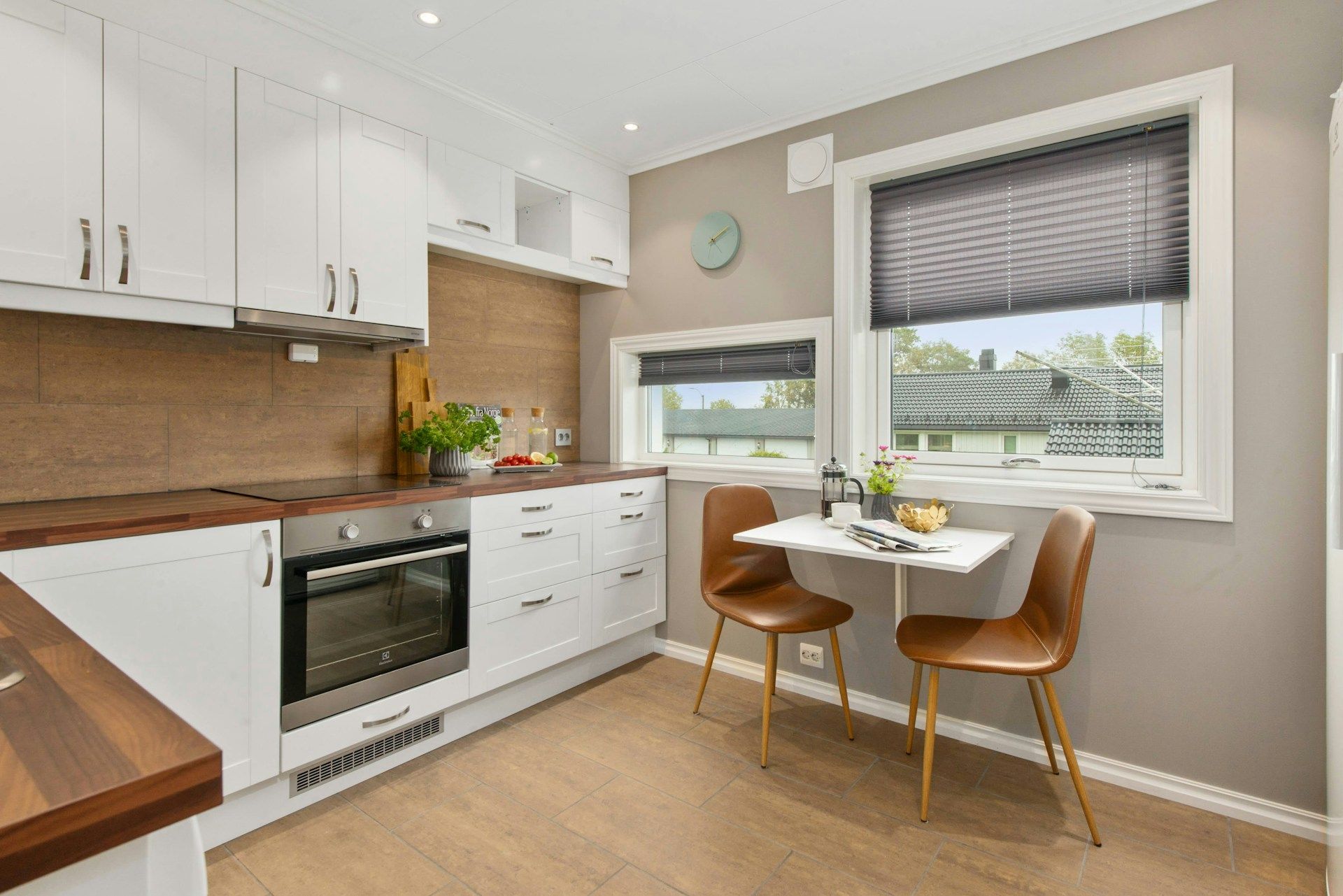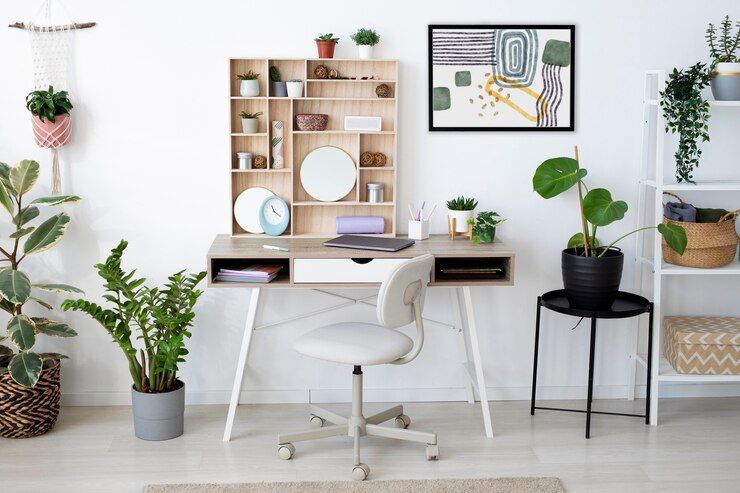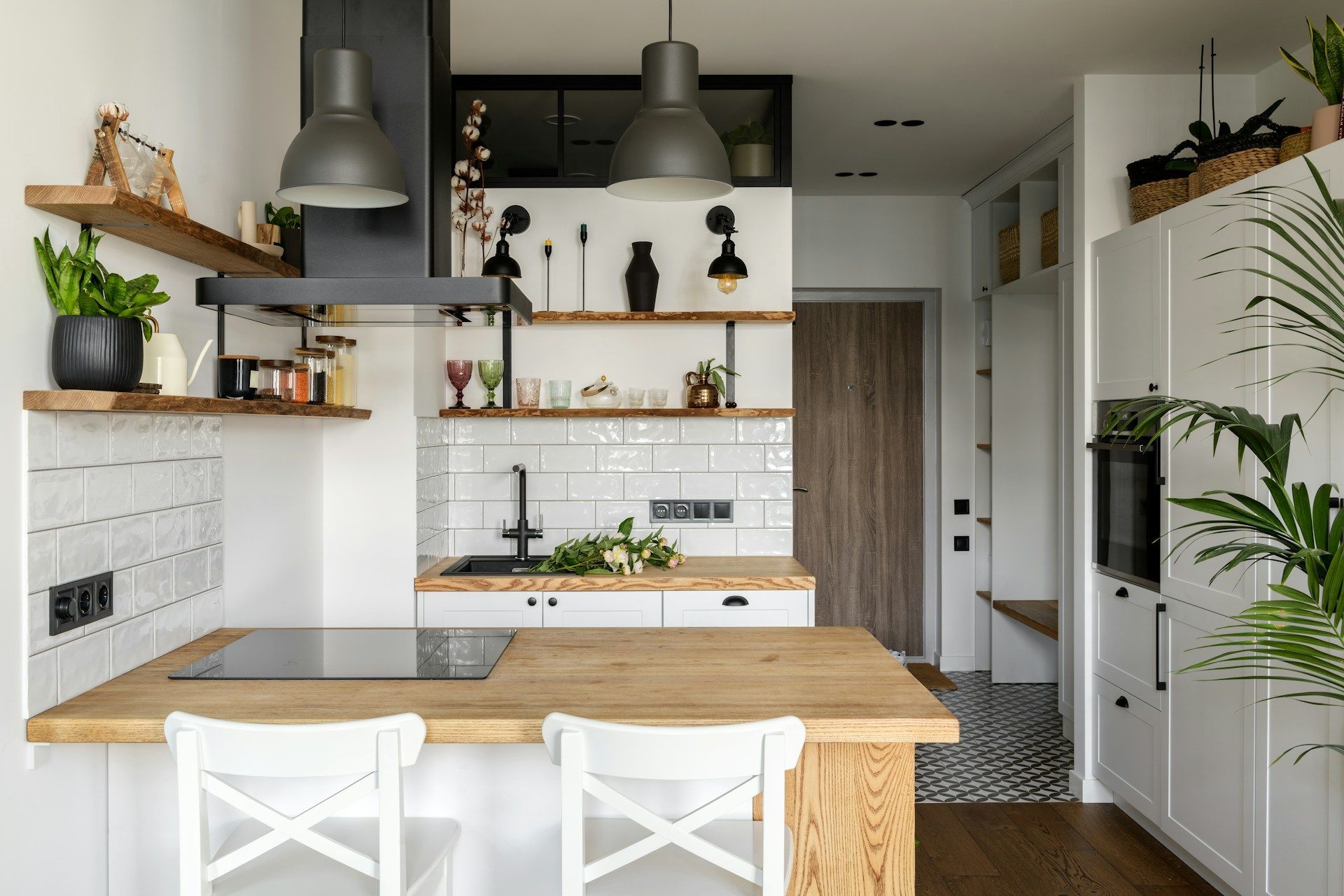Top Tips for Maintaining Outdoor Furniture
Taking care of outdoor furniture can make it last for many seasons. Whether it’s the heat of summer or the harsh cold of winter, outdoor furniture faces many challenges. With the right tips, you can keep your outdoor furniture looking like new.
Cleaning Techniques for Different Materials
Keeping outdoor furniture clean is essential for maintaining its appearance and durability. Each type of material has unique cleaning needs that ensure it remains in good condition without causing damage.
For wooden furniture, mild soap and water work best. Use a soft-bristle brush to gently scrub the surface, removing dirt and grime. Rinse with a garden hose, avoiding high-pressure settings that can splinter the wood. For stubborn stains, a mixture of vinegar and water can be a gentle yet effective solution. After cleaning, allow the wood to dry completely.
Metal furniture, like aluminum or wrought iron, often collects dust and dirt. A simple mixture of dish soap and water is ideal for cleaning. Use a soft cloth or sponge to wipe away debris, and then rinse thoroughly. To prevent rust, dry the metal surfaces immediately. If rust appears, use sandpaper to remove it, then apply a touch-up paint designed for metal.
Plastic furniture requires minimal maintenance. A combination of baking soda and warm water provides an eco-friendly cleaning solution. Scrub gently with a brush, then rinse with water. For mildew, a solution of bleach and water can be used sparingly on stubborn spots, though it’s important to rinse thoroughly afterward.
For a quick reference, keep these tips handy:
- Wood: Use mild soap and water, scrub gently
- Metal: Clean with soapy water, dry to prevent rust
- Plastic: Baking soda and water, bleach for mildew
By knowing your furniture's material and following these cleaning methods, you can preserve the beauty and functionality of your pieces for many years.
Weatherproofing Strategies for Longevity
Weatherproofing is key to protecting your outdoor furniture from the elements. Taking steps to shield it from rain, sun, and snow helps prolong its life and keeps it looking fresh.
Start by applying a protective sealant to wooden furniture. Choose a product that prevents moisture absorption and guards against UV rays. Apply the sealant once or twice a year for maximum protection. Cover metal parts with weather-resistant paint to deter rust. Paint creates a barrier between metal surfaces and the air, which reduces oxidation.
Using furniture covers is another smart step. Covers should be waterproof and fit snugly to prevent rainwater or snow from pooling. Secure them with straps or drawstrings to ensure they stay put even on windy days.
Furniture placement also impacts weatherproofing. Ideally, place pieces under a patio umbrella or inside a gazebo to keep them out of direct sunlight and heavy rain. If possible, store cushions and fabrics indoors during harsh weather.
Here's a list to help you weatherproof:
- Seal wooden surfaces with UV and moisture protectant
- Paint metal to prevent rust
- Use waterproof covers when not in use
- Opt for shaded areas to minimize sun and rain exposure
By integrating these weatherproofing strategies, your outdoor furniture will be better equipped to stand up to nature's challenges, maintaining its appeal and strength over time.
Seasonal Storage Solutions
Proper storage during off-seasons is crucial for maintaining the quality of your outdoor furniture. Whether facing snow in winter or heavy rains in the wet season, knowing how to store your items correctly can make a big difference.
For wooden and metal furniture, it's best to bring them indoors when not in use for long periods. A garage or shed provides protection from the elements that could cause damage. If bringing them inside isn't an option, covering them tightly with waterproof tarps can suffice. Secure the covers to prevent wind from blowing them away, ensuring no water seeps through.
Plastic furniture can withstand more moisture but should still be moved to a shaded area or indoors to prevent fading and cracking from UV exposure. Stack chairs and tables to save space, and consider wrapping them in a breathable cover to prevent mildew buildup.
Cushions and fabric pieces need extra care. Store these items indoors, away from humidity that can lead to mold. Ensure they are completely dry before storage to prevent mildew.
For quick storage tips:
- Move furniture indoors when possible
- Use waterproof tarps for outdoor storage
- Stack plastic furniture in shaded areas
- Store cushions and fabrics in dry, indoor places
These strategies guarantee your furniture remains in good shape throughout every season, ready for use when the weather turns nice again.
Repair and Refurbishment Tips
Outdoor furniture occasionally needs a bit of fixing up to keep it in great condition. Simple repairs and refurbishments can extend its life and save money in the long run.
For wooden furniture, tighten loose screws or nails and sand any splintered areas. Applying a fresh coat of outdoor varnish or paint revitalizes the wood and adds protection. Consider replacing slats or boards showing signs of rot or damage.
Metal furniture may develop rust over time. Remove rust with a wire brush, then sand the surface smooth. Applying a rust-resistant primer followed by a repaint can preserve its appearance and prevent future corrosion.
Plastic furniture rarely needs major repairs, but for small cracks, a repair kit specifically for plastics can do wonders. These kits often include adhesive patches or liquid sealants that fill and bond cracks seamlessly.
For fabrics and cushions, sewing up tears or using iron-on patches can extend their usability. If cushions appear flat, consider replacing the foam inserts to bring back their plumpness and comfort.
For an easy guide to repairs, consider:
- Tightening screws or nails on wood, sanding rough spots
- Sanding and painting metal to remove rust
- Repairing plastic cracks with kits
- Mending fabric tears and refreshing cushions
These repair tips help maintain the look and strength of your outdoor furniture, making sure it serves you beautifully for years to come.
Conclusion
Maintaining outdoor furniture involves consistent care and a few strategic practices. Cleaning, weatherproofing, correct storage, and occasional repairs all work together to preserve your investment against time and elements. These steps ensure that your outdoor space remains an inviting and comfortable environment for family gatherings, quiet relaxation, or joyful celebrations. By extending the life and appearance of your furniture, you create a welcoming atmosphere for every season.
Visit Owensboro Furniture to explore our
affordable, high-quality furniture pieces that enhance outdoor living and complement maintenance efforts. Let us help you create the perfect outdoor setting that's beautiful and easy to care for!
Blog | furniture stores owensboro ky



